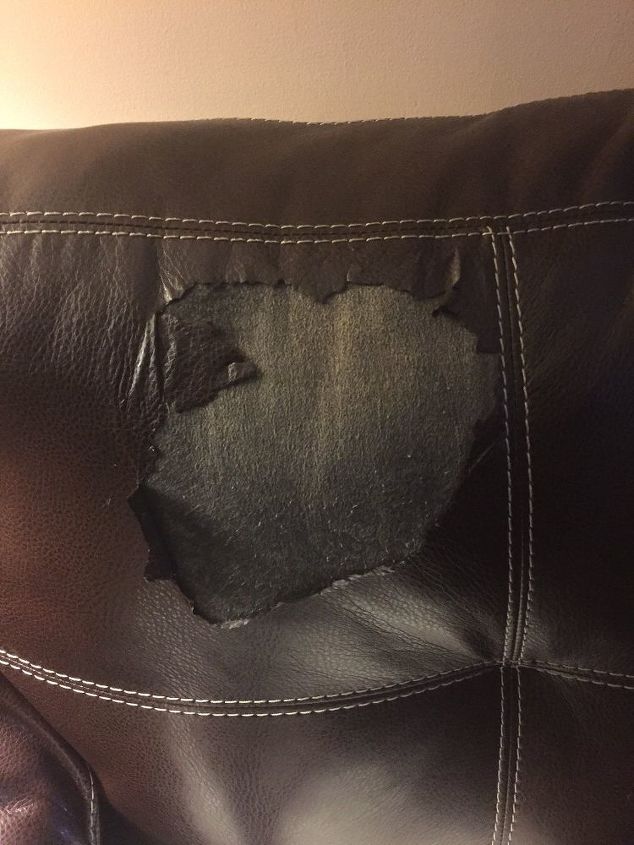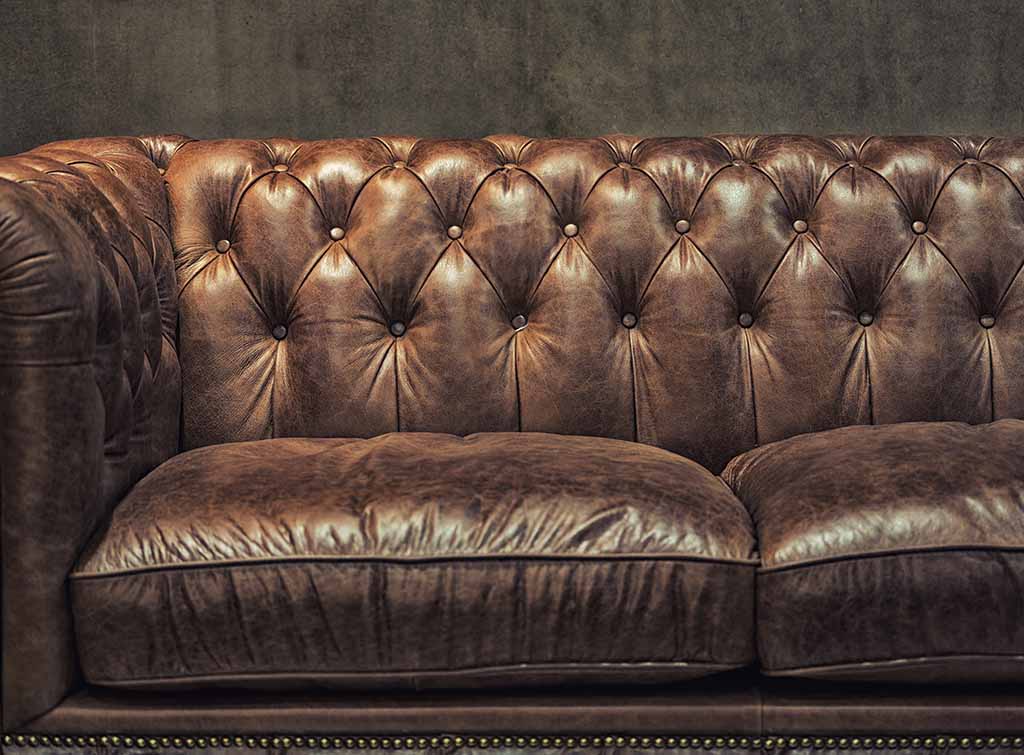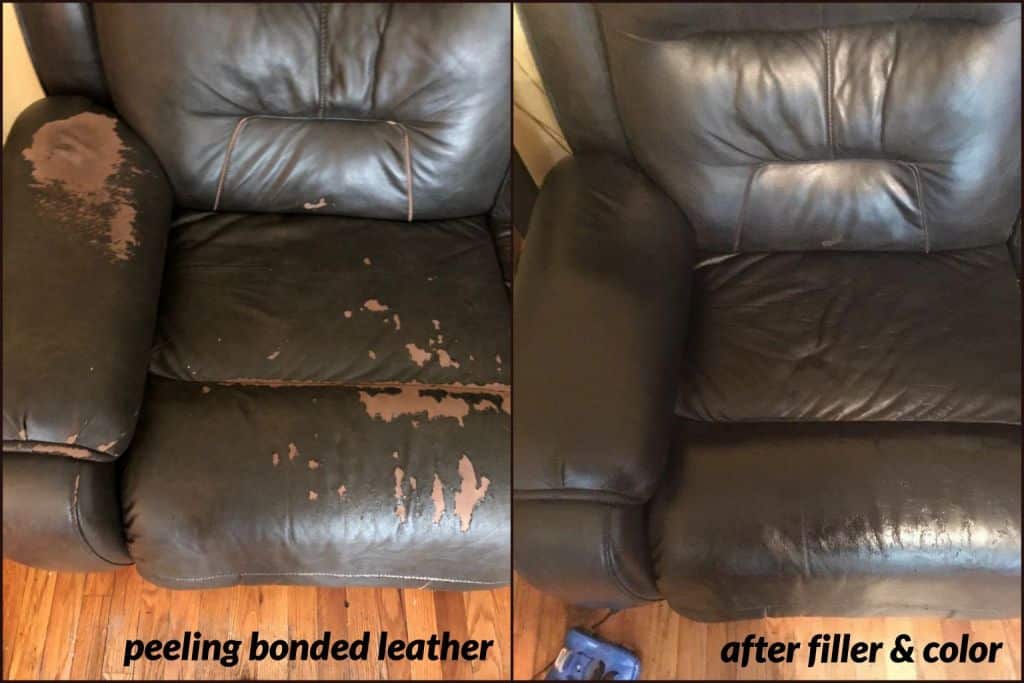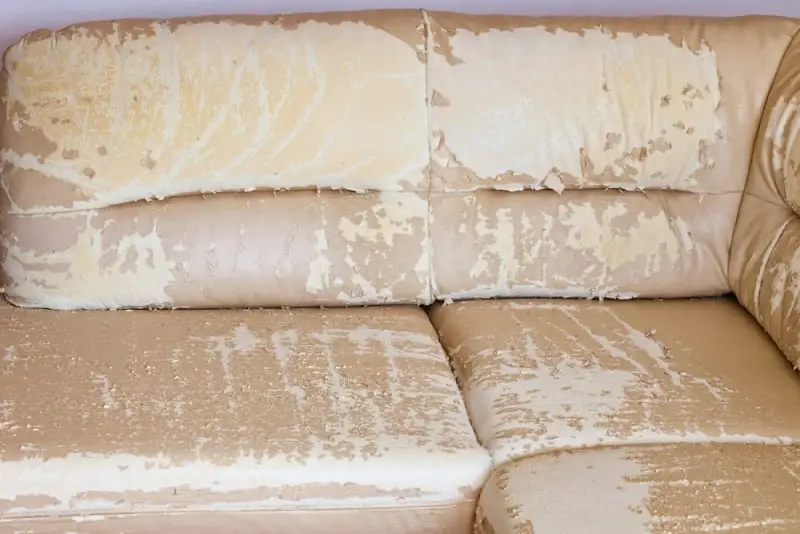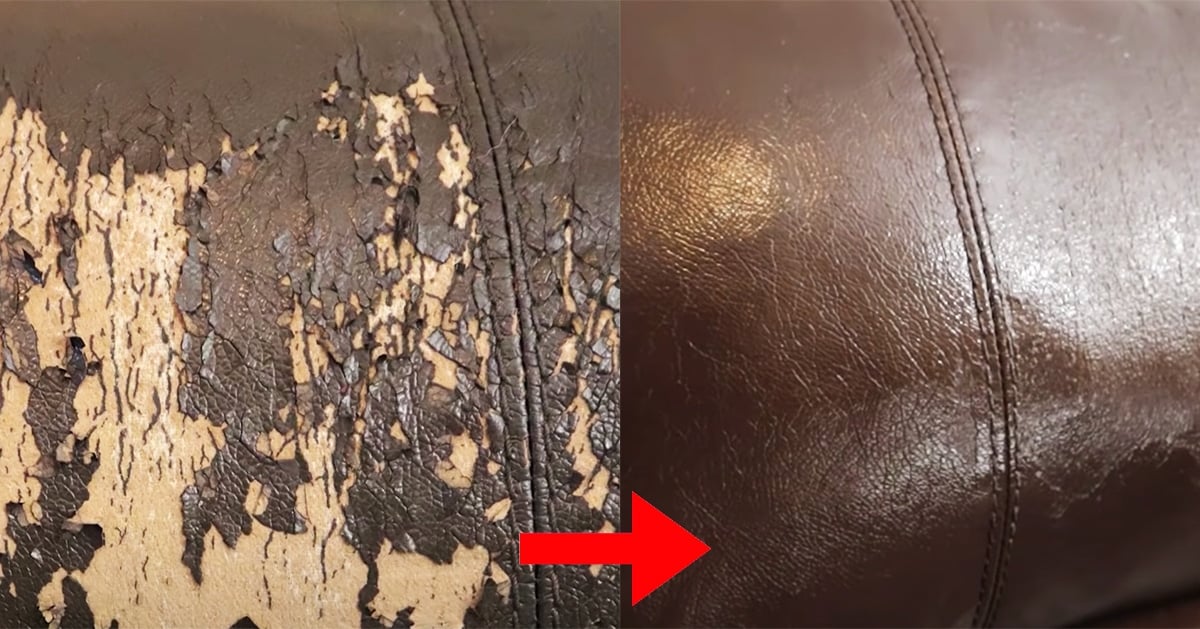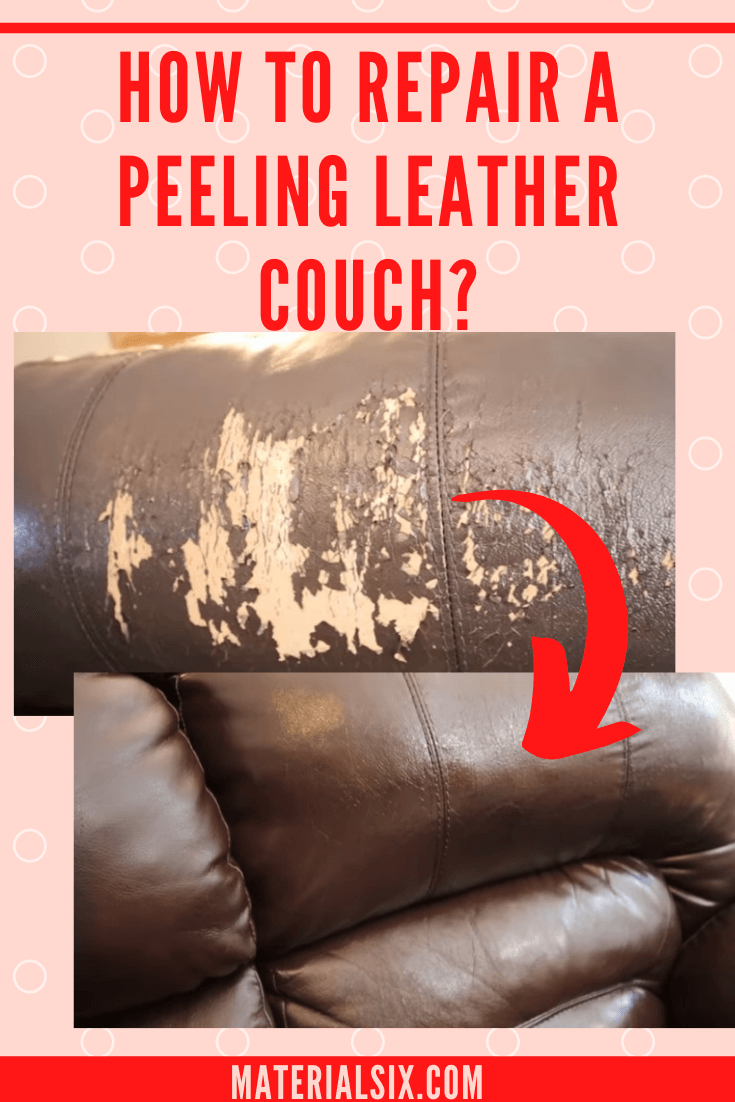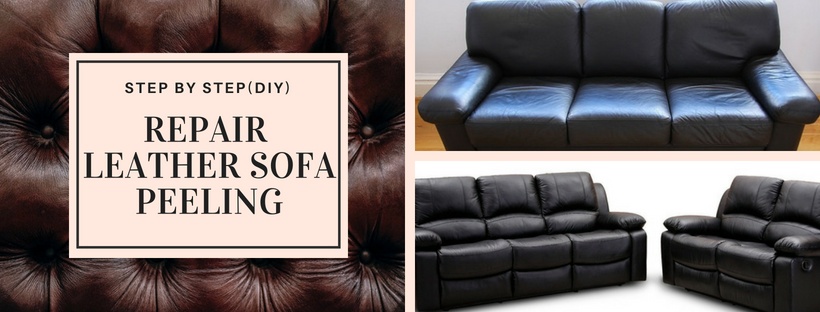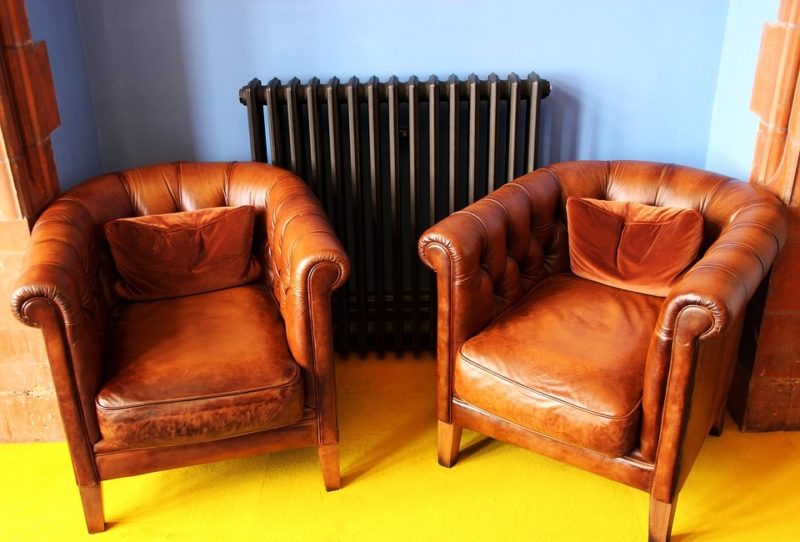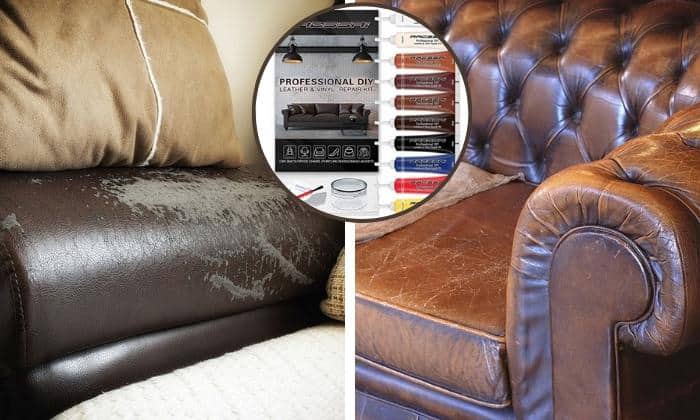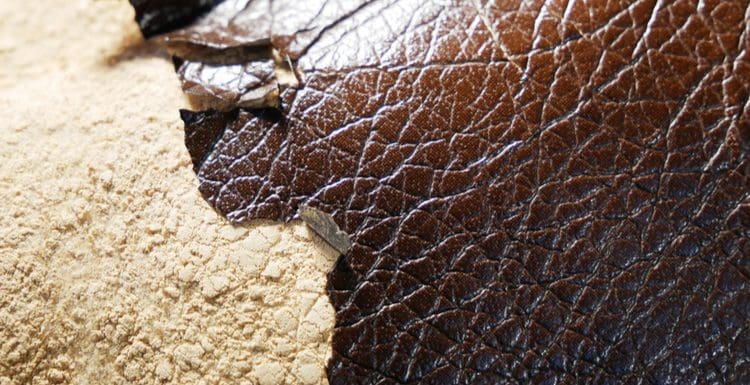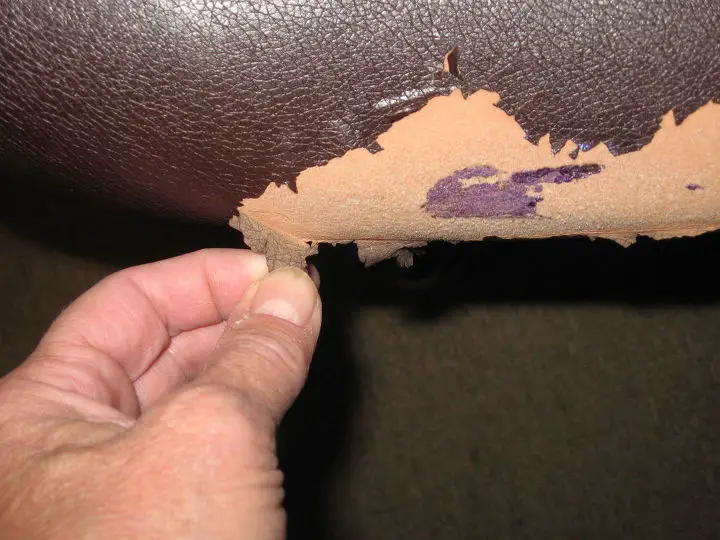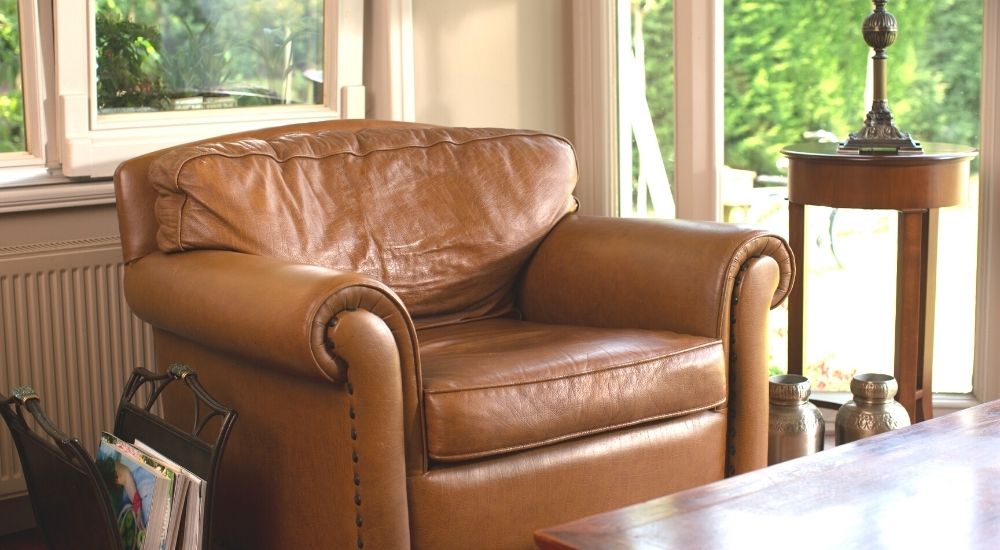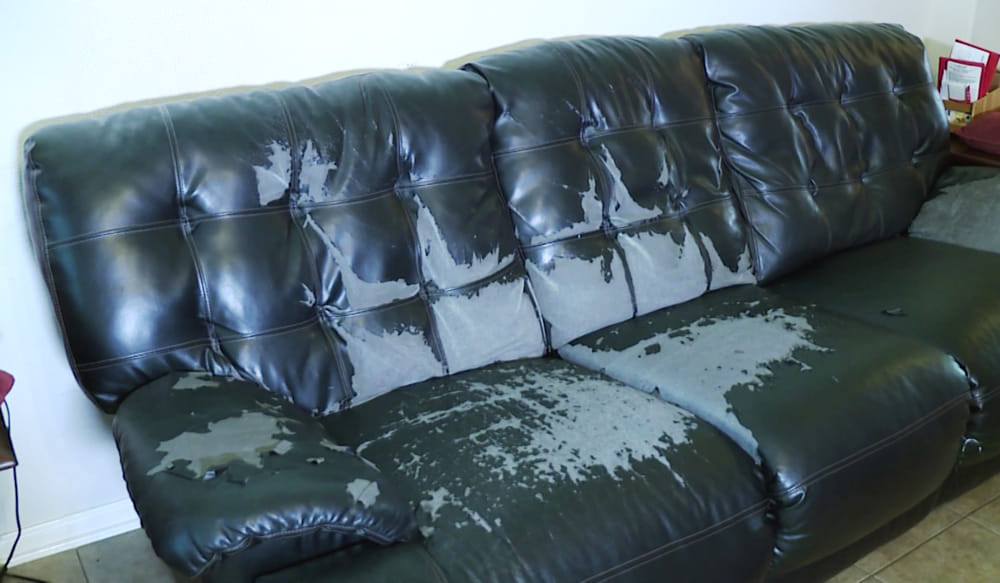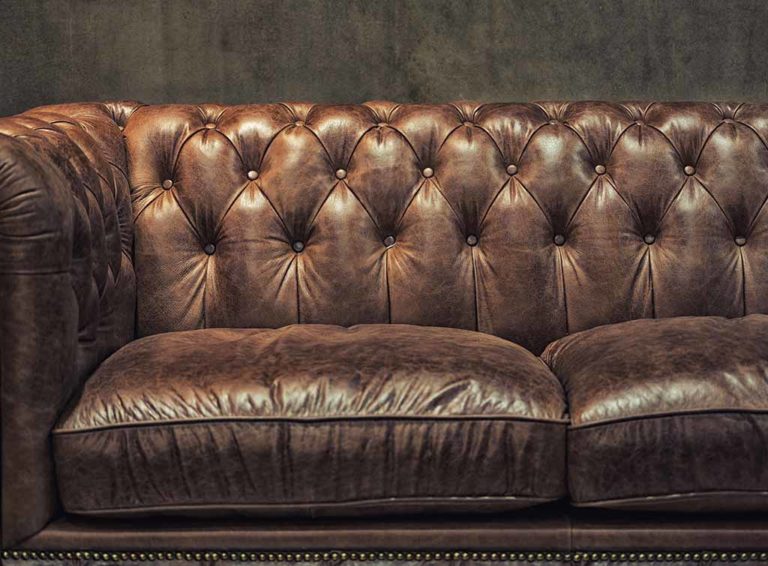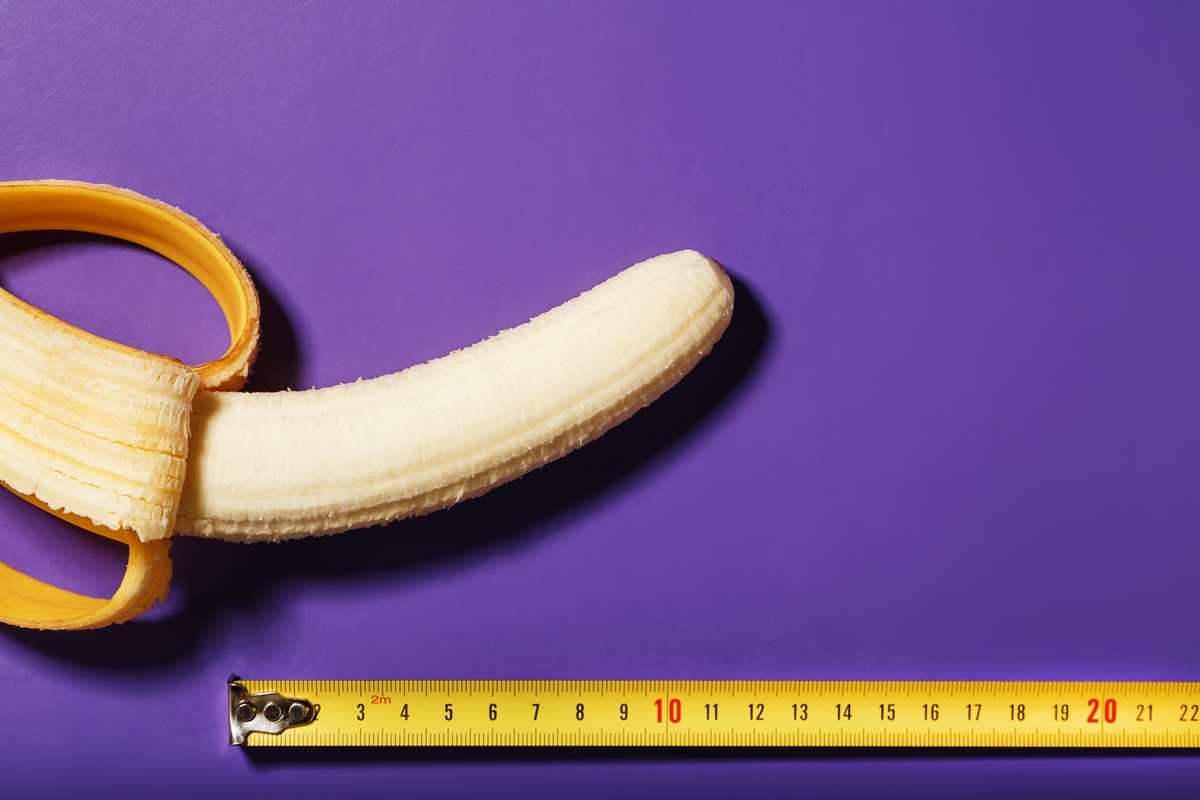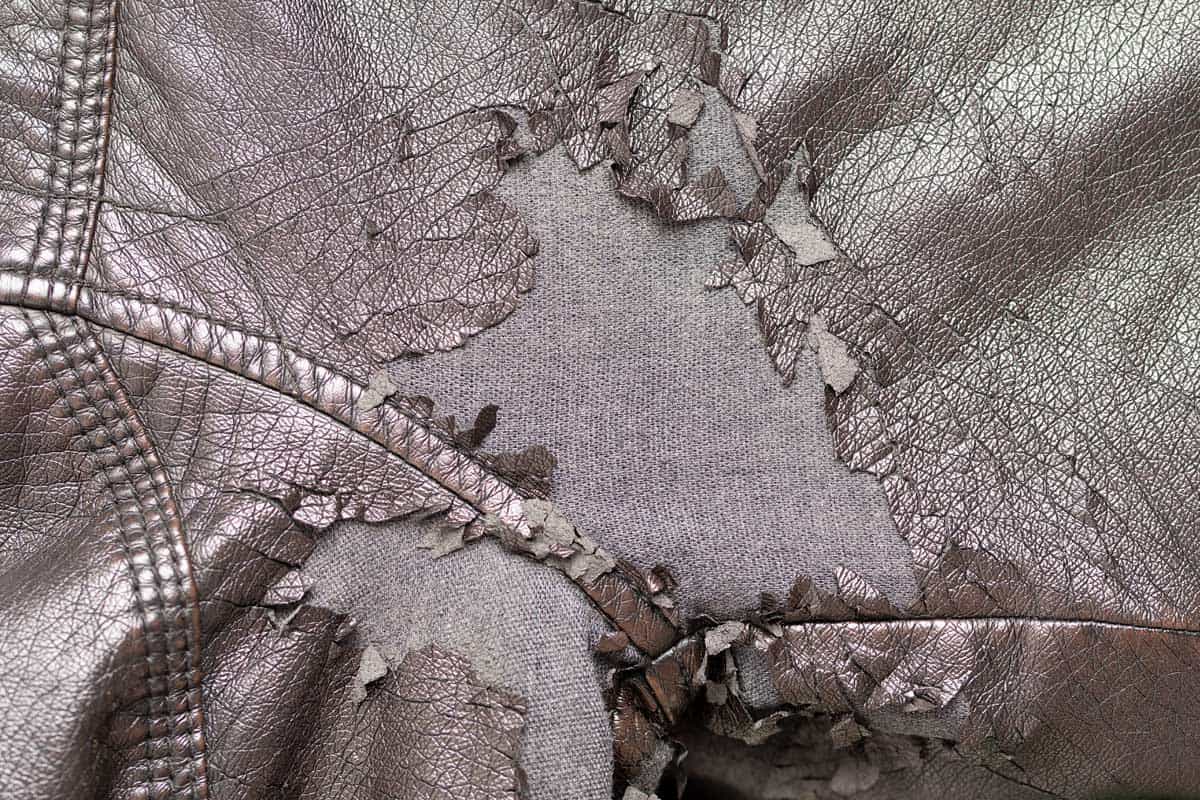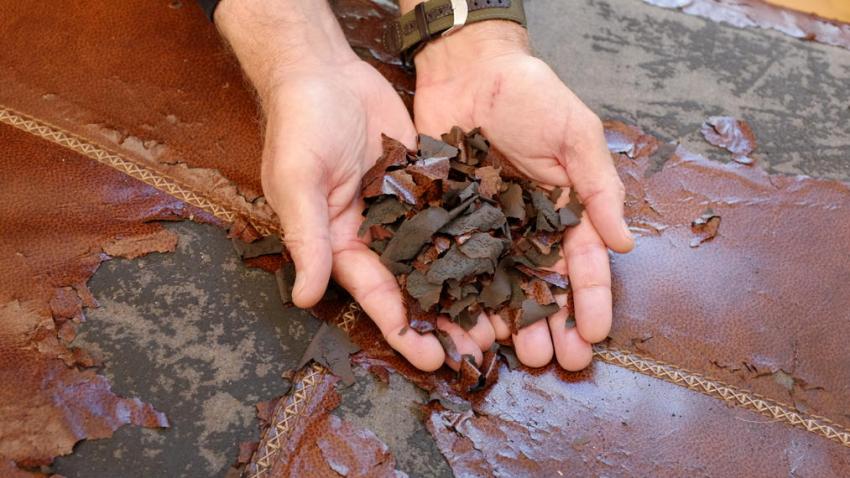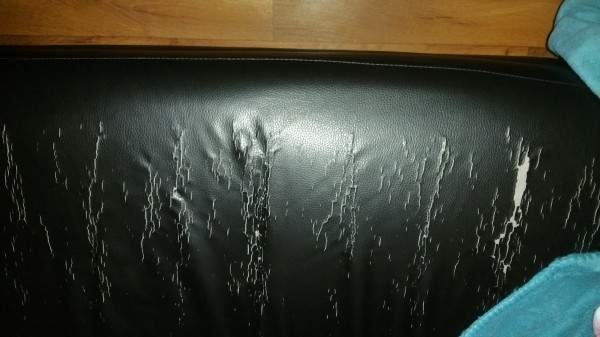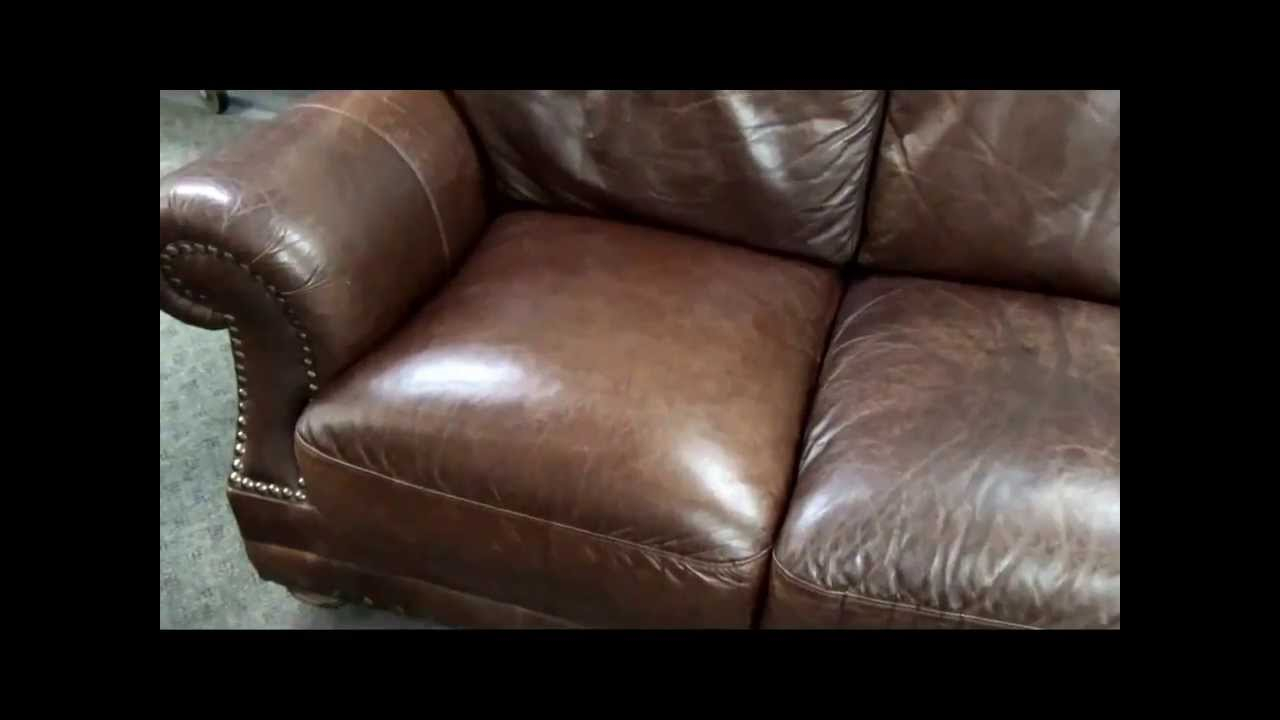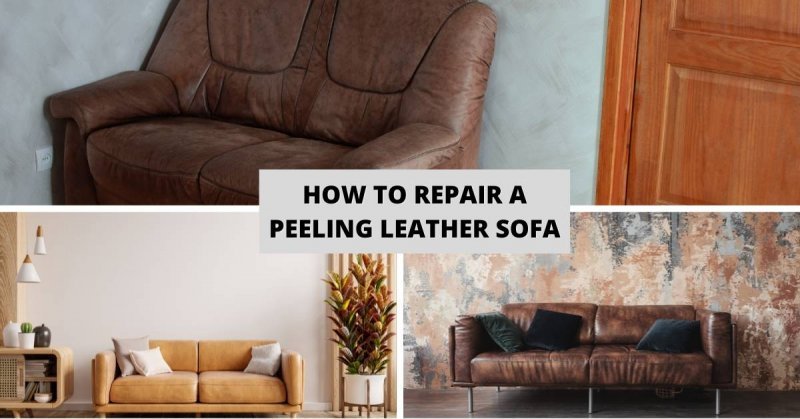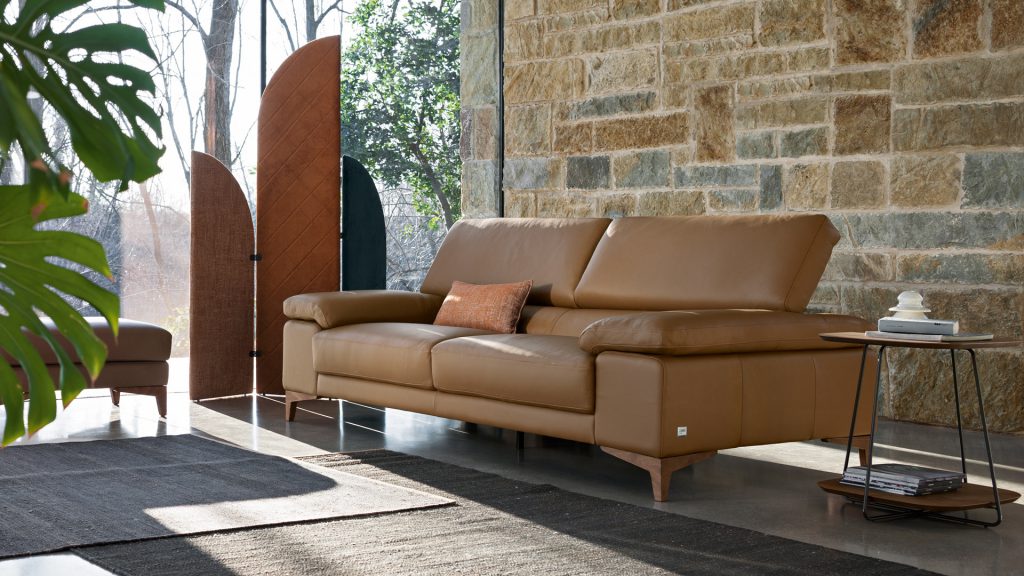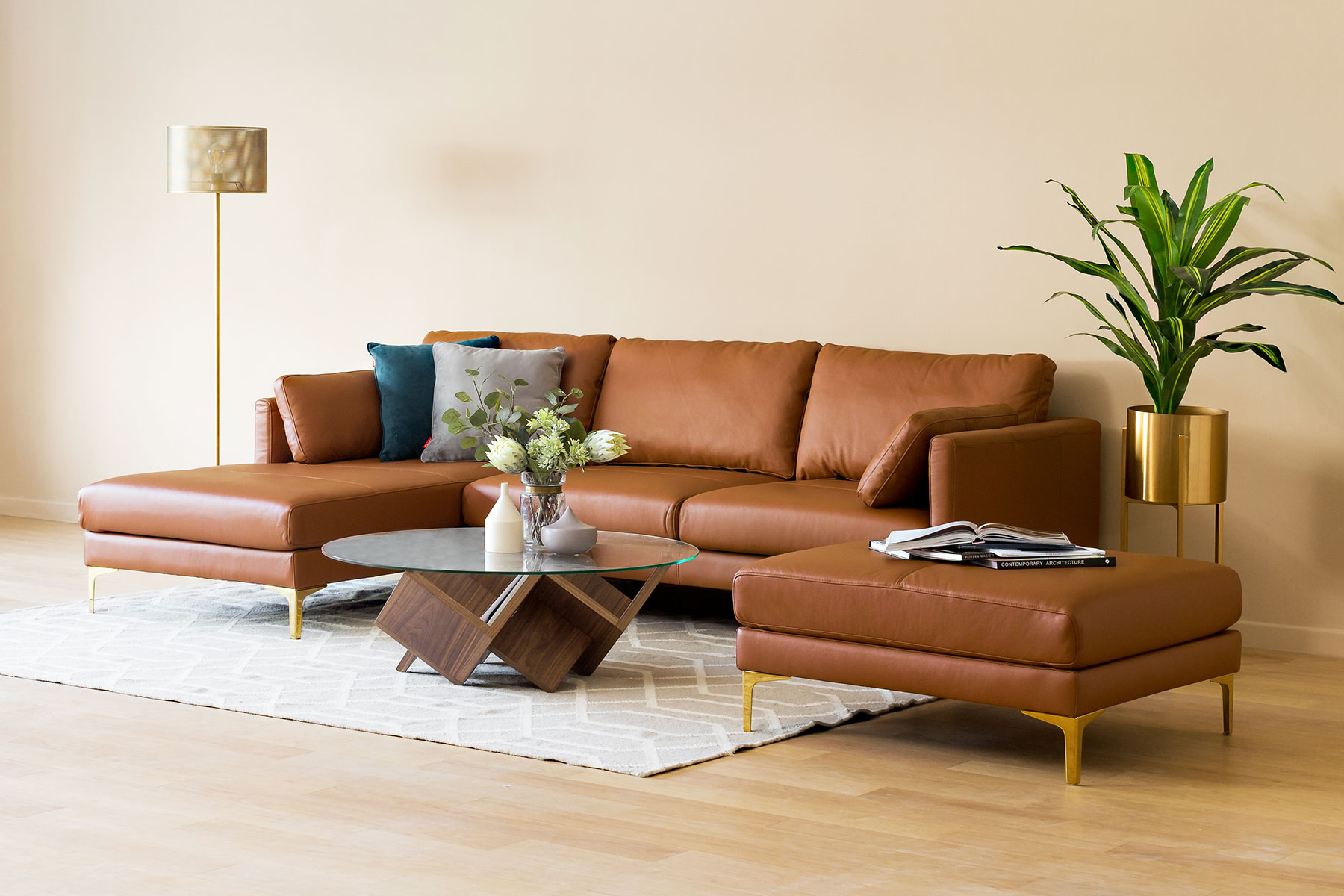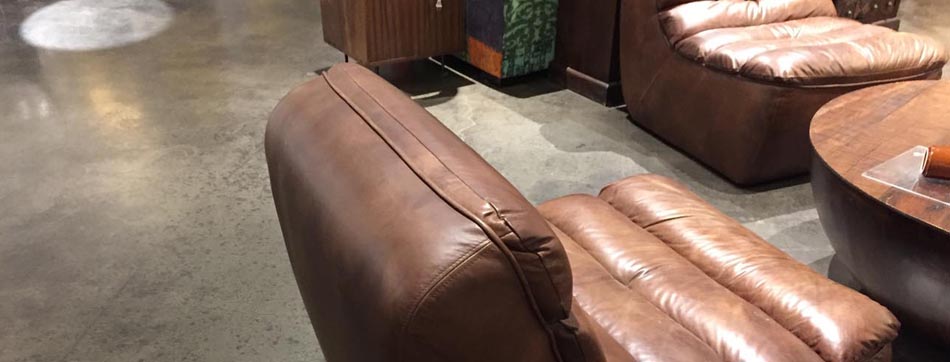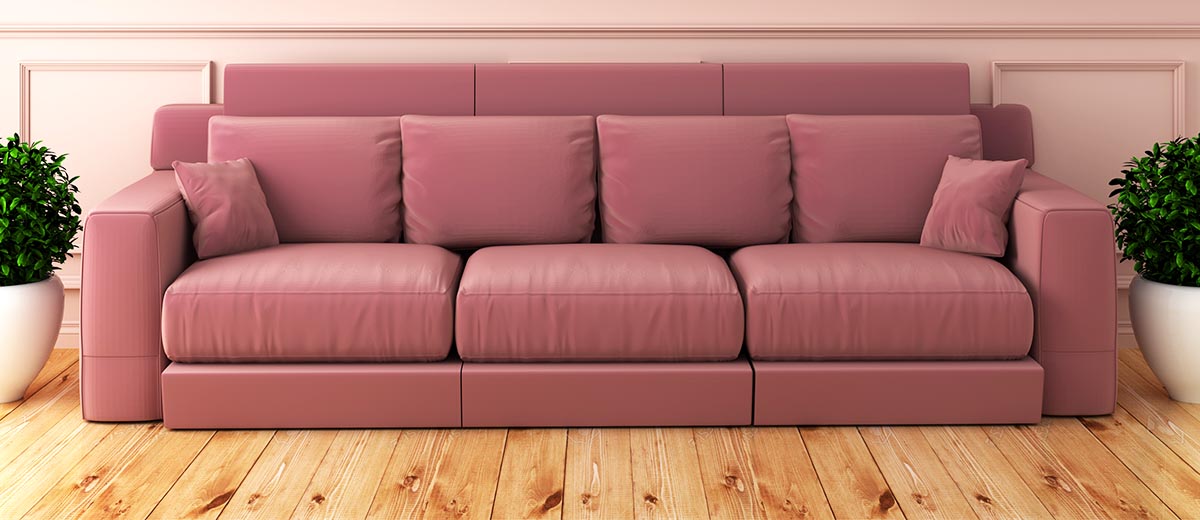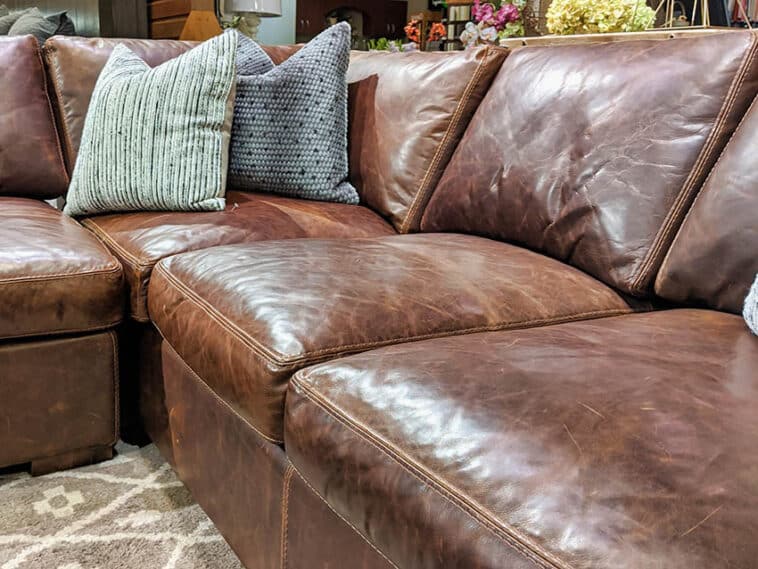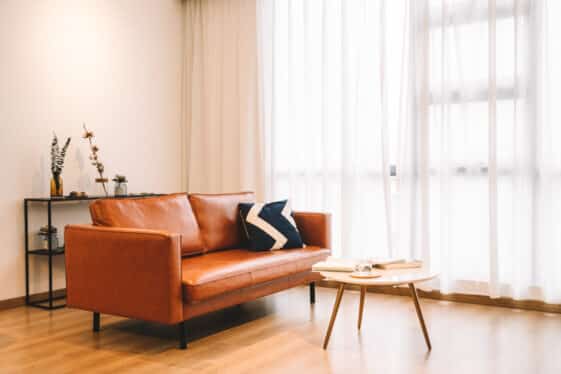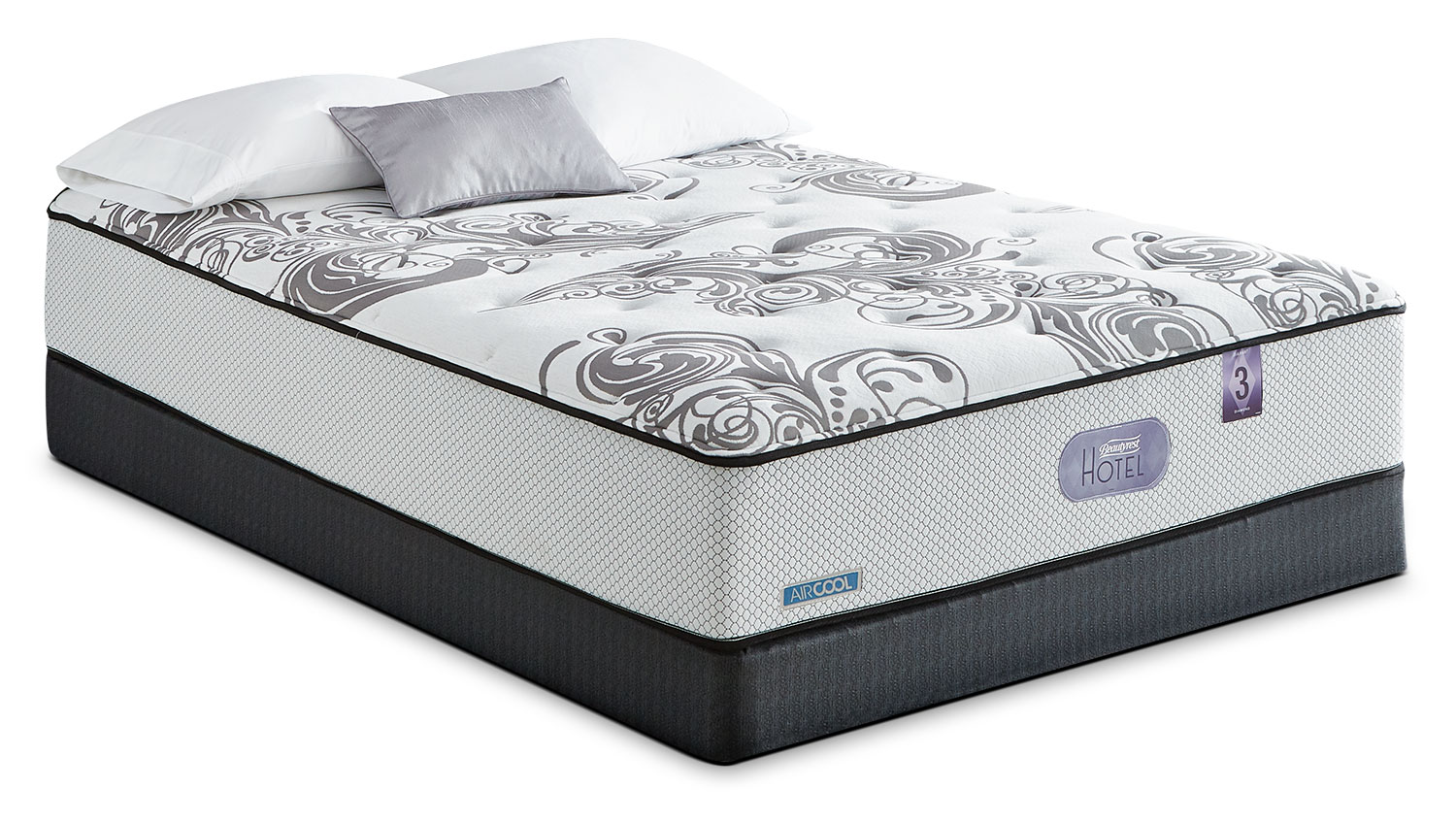Are you noticing that your once beautiful leather sofa is starting to peel? This is a common problem that many homeowners face and it can be frustrating to deal with. Not only does it make your sofa look worn and old, but it can also be uncomfortable to sit on. The good news is that there are ways to fix peeling leather and prevent it from happening in the future. Let's dive into the main causes of leather sofa peeling and how you can repair and prevent it.Leather Sofa Peeling: What Causes It and How to Fix It
The first step to fixing a peeling leather sofa is to determine the cause. If the peeling is minor and caused by wear and tear, you can easily fix it with some DIY solutions. For example, you can use a leather repair kit to patch up the peeling areas. Make sure to clean the area thoroughly before applying the patch to ensure proper adhesion. If the peeling is more severe, it may be best to seek professional help. A leather repair specialist will have the necessary tools and expertise to restore your sofa to its former glory.How to Repair Peeling Leather Sofa
1. Keep your leather sofa clean and moisturized. Dryness is a major cause of leather peeling, so make sure to regularly clean and condition your sofa to keep it moisturized and prevent cracking.
2. Address spills and stains immediately. Leather is not very forgiving when it comes to spills and stains, so make sure to clean them up right away. This will prevent any damage to the leather and avoid peeling.
3. Avoid harsh chemicals. When cleaning your leather sofa, make sure to use products specifically designed for leather. Harsh chemicals can strip away the natural oils in the leather, causing it to dry out and peel.
4. Use a leather protectant. Leather protectants can help prevent damage and peeling by providing an extra layer of protection against spills and stains.
5. Rotate your cushions. If your leather sofa has removable cushions, make sure to rotate them regularly. This will prevent one side from getting more wear and tear than the other, which can lead to peeling.5 Tips for Fixing a Peeling Leather Couch
As mentioned earlier, dryness and wear and tear are the main culprits behind leather sofa peeling. However, there are other factors that can contribute to this issue. For example, if your sofa is placed in direct sunlight, the UV rays can cause the leather to dry out and crack. Humidity levels can also affect the leather, so make sure to keep your home at a comfortable level. Additionally, using the wrong cleaning products or not cleaning your sofa regularly can also lead to peeling. To prevent peeling, make sure to follow the tips mentioned earlier and also consider investing in a high-quality leather sofa that is less prone to peeling.Why is My Leather Sofa Peeling and How to Prevent It
If your leather sofa is already peeling, don't worry, there are ways to restore it. As mentioned earlier, minor peeling can be fixed with a leather repair kit, but for more severe cases, it may be best to seek professional help. A leather repair specialist will be able to assess the damage and provide the best solution, whether it's patching, re-dyeing, or replacing the affected areas. However, keep in mind that professional repair can be costly, so it's important to properly maintain your leather sofa to avoid future peeling.How to Restore a Peeling Leather Sofa
Aside from wear and tear and dryness, there are other common causes of peeling leather furniture. These include using the wrong cleaning products, not regularly cleaning and conditioning the leather, exposure to direct sunlight or extreme humidity levels, and poor quality leather. To avoid peeling, make sure to use products specifically designed for leather and properly maintain your sofa.Common Causes of Peeling Leather Furniture
If you're dealing with minor peeling on your leather sofa, there are some DIY solutions that you can try before seeking professional help. One option is to use a leather repair kit, which usually comes with a patch, adhesive, and instructions on how to apply it. Another solution is to use a leather conditioner to moisturize and soften the leather, which can help prevent further peeling. As always, make sure to test any products on a small, inconspicuous area first to ensure it doesn't cause any damage.DIY Solutions for Peeling Leather Sofas
Proper care and maintenance are key to preventing leather sofa peeling. Here are some tips to follow: - Clean spills and stains immediately with a damp cloth and a mild soap specifically designed for leather. - Use a leather protectant to create a barrier against spills and stains. - Avoid using harsh chemicals or abrasive cleaners on your leather sofa. - Regularly clean and condition your leather sofa to keep it moisturized and prevent cracking. - Keep your sofa away from direct sunlight or extreme humidity levels. - Rotate cushions regularly to distribute wear and tear evenly.How to Care for and Maintain a Leather Sofa to Prevent Peeling
If your leather sofa is severely peeling, it may be best to seek professional help. However, is it worth the cost? This ultimately depends on the extent of the damage and the quality of your sofa. If you have a high-quality, expensive leather sofa, it may be worth investing in professional repair to restore it to its original condition. However, if you have a lower-quality or older sofa, it may be more cost-effective to replace it.Professional Leather Sofa Repair: Is It Worth It?
Prevention is key when it comes to avoiding peeling leather sofas. When shopping for a new leather sofa, here are some things to look for to ensure quality: - Check the type of leather used. Full-grain leather is the highest quality and the least prone to peeling. - Look for leather that is aniline or semi-aniline dyed. These dyes penetrate the leather and provide more protection against peeling. - Check the stitching and seams. They should be strong and secure to prevent the leather from pulling and peeling. - Consider investing in a leather protectant to provide an extra layer of protection for your sofa. In conclusion, leather sofa peeling can be a frustrating and unsightly issue, but with the right care and maintenance, it can be prevented and fixed. Make sure to follow the tips mentioned in this article and consider seeking professional help if needed. With proper care, your leather sofa can last for many years without any peeling issues.How to Choose a Quality Leather Sofa to Avoid Peeling
The Dilemma of a Peeling Leather Sofa and How to Deal With It
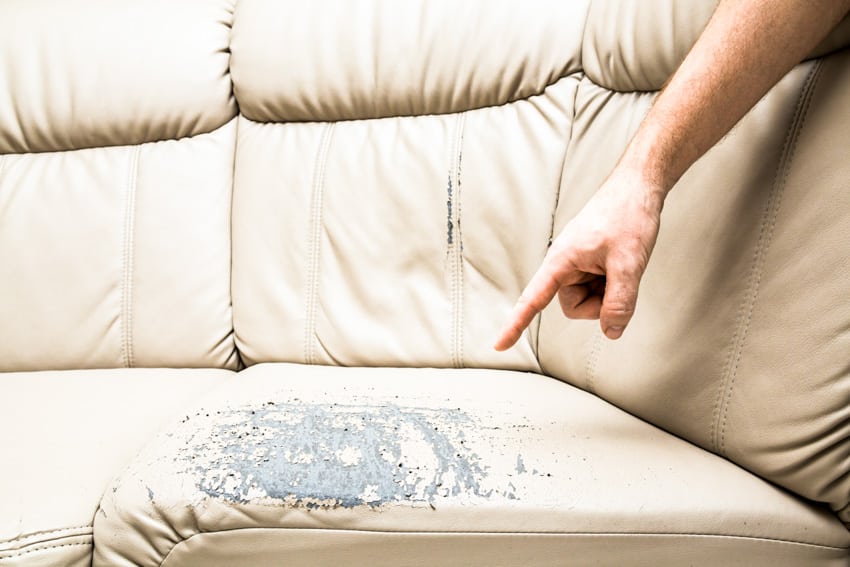
The Allure of a Leather Sofa
 A leather sofa is a timeless piece of furniture that adds an air of sophistication and luxury to any room. It is durable, comfortable, and exudes a sense of warmth and elegance. As a popular choice for many homeowners, it is no surprise that a leather sofa is often seen as a staple in house design.
However, as with any other furniture, a leather sofa is not immune to wear and tear. Over time, the leather may start to show signs of peeling, which can be a cause of concern for many homeowners. But before you start panicking and consider replacing your beloved leather sofa, let's take a closer look at the reasons behind this issue and how it can be resolved.
A leather sofa is a timeless piece of furniture that adds an air of sophistication and luxury to any room. It is durable, comfortable, and exudes a sense of warmth and elegance. As a popular choice for many homeowners, it is no surprise that a leather sofa is often seen as a staple in house design.
However, as with any other furniture, a leather sofa is not immune to wear and tear. Over time, the leather may start to show signs of peeling, which can be a cause of concern for many homeowners. But before you start panicking and consider replacing your beloved leather sofa, let's take a closer look at the reasons behind this issue and how it can be resolved.
The Causes of Peeling Leather
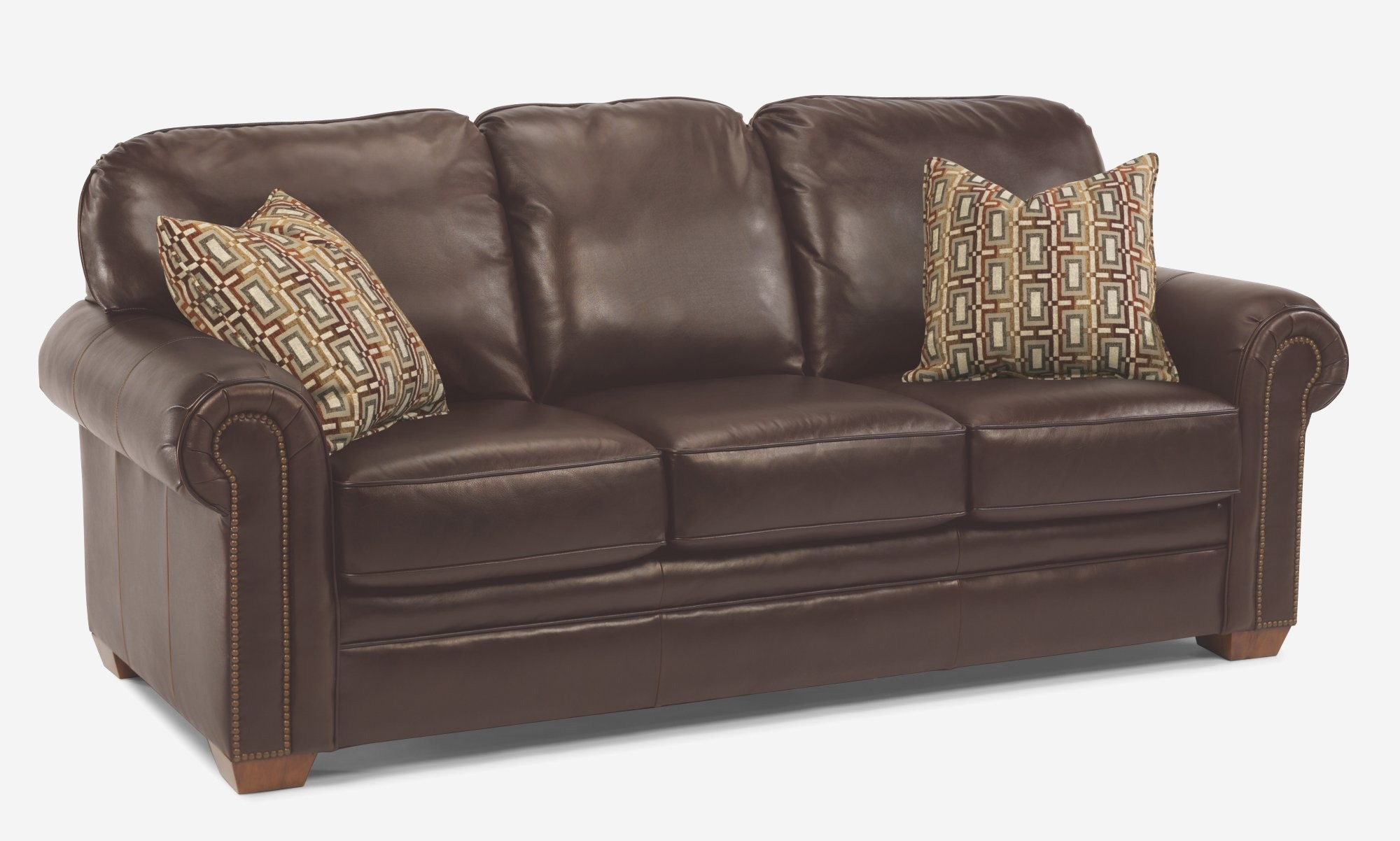 Contrary to popular belief, peeling leather is not an indication of poor quality. In fact, it is a common occurrence for even the highest quality leather sofas. The main cause of peeling leather is the natural aging process of the material. As leather is a natural product, it is prone to drying out over time, especially with prolonged exposure to heat and sunlight.
Furthermore, harsh cleaning products and regular wear and tear can also contribute to the peeling of leather. As we sit, lie, and move around on our sofas, the constant friction can cause the protective coating of the leather to wear off, making it more susceptible to peeling.
Contrary to popular belief, peeling leather is not an indication of poor quality. In fact, it is a common occurrence for even the highest quality leather sofas. The main cause of peeling leather is the natural aging process of the material. As leather is a natural product, it is prone to drying out over time, especially with prolonged exposure to heat and sunlight.
Furthermore, harsh cleaning products and regular wear and tear can also contribute to the peeling of leather. As we sit, lie, and move around on our sofas, the constant friction can cause the protective coating of the leather to wear off, making it more susceptible to peeling.
Dealing With Peeling Leather
 The good news is, there are ways to deal with a peeling leather sofa without having to replace it entirely. The first step is to identify the extent of the damage. If the peeling is minimal and only affecting a small area, you can fix it yourself with a leather repair kit. These kits typically include a leather adhesive, filler, and colorant that can help to restore the damaged area.
If the peeling is more widespread, it is best to seek professional help. A leather repair specialist will have the expertise and tools to properly repair and restore your sofa. They may also recommend applying a leather conditioner regularly to prevent further peeling and maintain the leather's natural oils.
The good news is, there are ways to deal with a peeling leather sofa without having to replace it entirely. The first step is to identify the extent of the damage. If the peeling is minimal and only affecting a small area, you can fix it yourself with a leather repair kit. These kits typically include a leather adhesive, filler, and colorant that can help to restore the damaged area.
If the peeling is more widespread, it is best to seek professional help. A leather repair specialist will have the expertise and tools to properly repair and restore your sofa. They may also recommend applying a leather conditioner regularly to prevent further peeling and maintain the leather's natural oils.
Prevention is Key
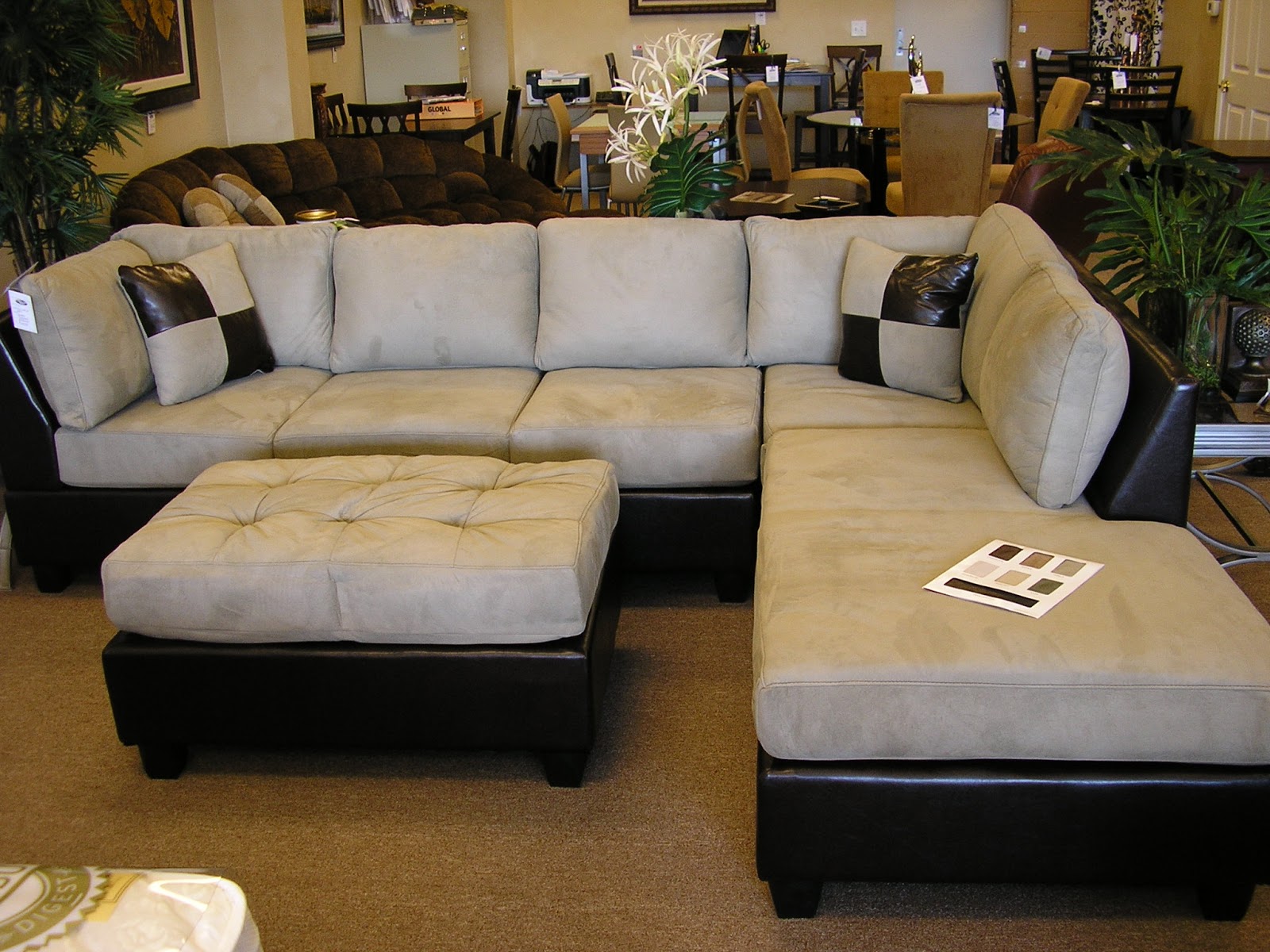 As the saying goes, prevention is better than cure. To prevent your leather sofa from peeling, there are a few simple steps you can take. Firstly, avoid placing your sofa in direct sunlight or near a heat source. You can also use a leather protector spray to create a barrier against spills and stains. Regularly clean your sofa with a soft, damp cloth and avoid harsh cleaning products.
In conclusion, a peeling leather sofa is not a cause for panic. With proper care and maintenance, you can prolong the lifespan of your beloved leather sofa and prevent or minimize the occurrence of peeling. Remember to address any peeling issues as soon as they arise to prevent it from getting worse. With these tips, you can continue to enjoy the beauty and allure of a leather sofa for years to come.
As the saying goes, prevention is better than cure. To prevent your leather sofa from peeling, there are a few simple steps you can take. Firstly, avoid placing your sofa in direct sunlight or near a heat source. You can also use a leather protector spray to create a barrier against spills and stains. Regularly clean your sofa with a soft, damp cloth and avoid harsh cleaning products.
In conclusion, a peeling leather sofa is not a cause for panic. With proper care and maintenance, you can prolong the lifespan of your beloved leather sofa and prevent or minimize the occurrence of peeling. Remember to address any peeling issues as soon as they arise to prevent it from getting worse. With these tips, you can continue to enjoy the beauty and allure of a leather sofa for years to come.

